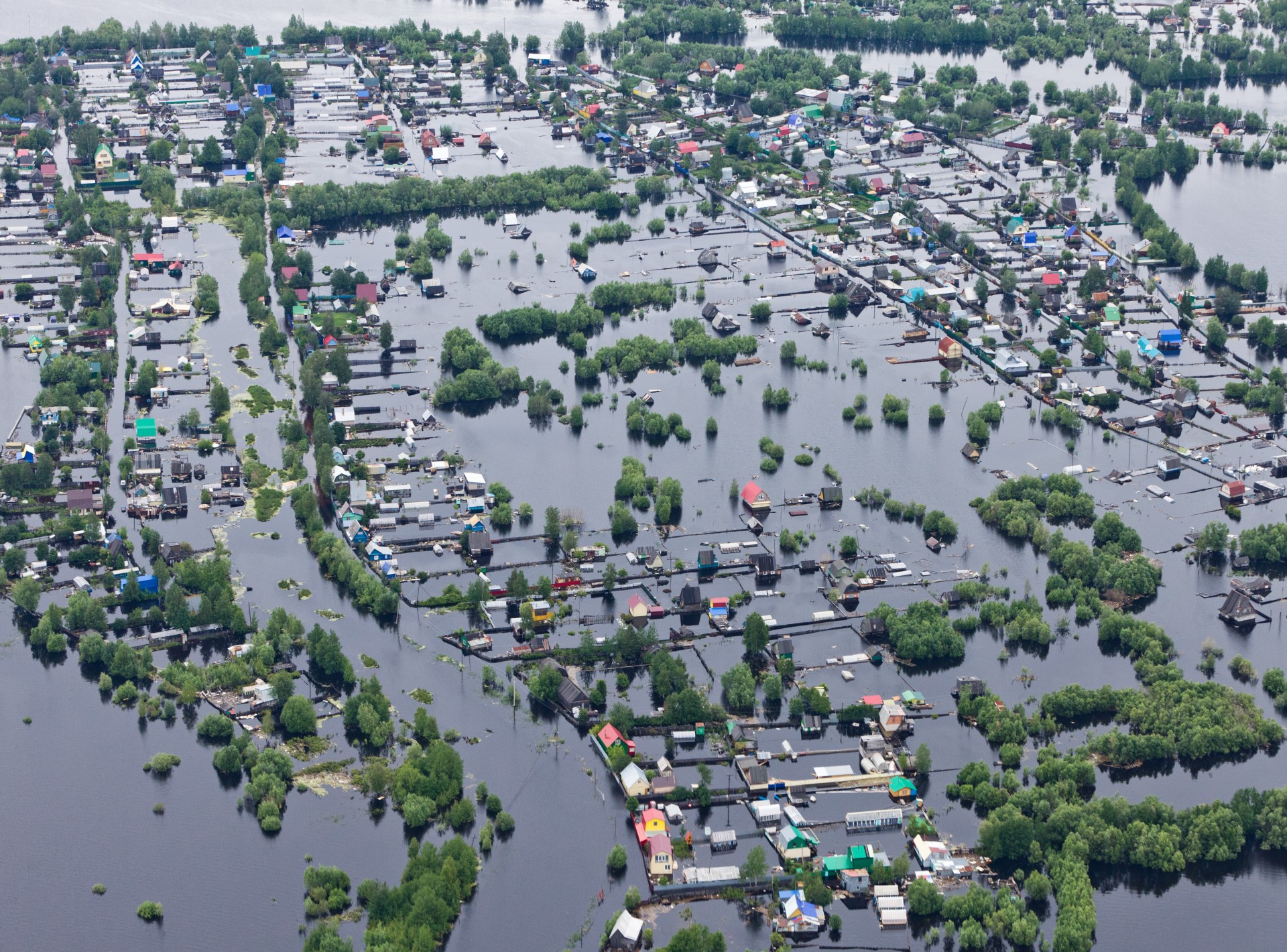With thousands of Australians impacted by flooding events over the last few years, new research from Monash University, highlighting that people affected by floods have a significantly increased risk of dying between three and six weeks after the event, has significant implications for emergency response planning.
The study, published today in BMJ, found that the risk of dying increased and persisted for up to 60 days (50 days for cardiovascular mortality) after a flooded day – increasing by for 2.1% for all-cause deaths, 2.6% for cardiovascular deaths, and 4.9% for respiratory deaths – even after the water had dissipated.
Lead author, Professor Yuming Guo, explained that these flood-mortality associations varied with local climate type and were stronger in populations with low socioeconomic status or high proportions of older population.
“We know now that mortality risks among the general population do increase after floods and this needs to be factored into policy responses to flooding events,” he said.
Flood events make up almost half (43%) of all natural disasters, and they are projected to increase in severity, duration, and frequency in the background of climate change, with 23% of the world’s population directly exposed to inundation depths of over 0.15 meters every decade.
The study, performed in collaboration with the London School of Hygiene and Tropical Medicine, has provided the first timeline of the predicted health impacts of flooding, giving local health authorities and policy makers a blueprint as to when they should actively monitor flood-affected communities.
The researchers studied 761 communities from 34 countries that had experienced at least one flood event during the decade from 2000-2019, reviewing a total of 47.6 million all-cause deaths including 11.1 million cardiovascular deaths, and 4.9 million respiratory deaths throughout the study period.
After excluding 305 communities without flood days during the study period, 761 communities from 35 countries or territories were included in analyses. Communities with the most flood days per year during the study period were in the areas along the Mississippi in the United States, the Pacific coast of Latin America, Lake Victoria and the Volta in Africa, Southeast Asia, the coastal areas of mainland China, and the eastern coast of Australia.
Among the 35 countries or territories, up to 0.10% of all cause deaths, 0.18% of cardiovascular deaths, and 0.41% of respiratory deaths were attributed to floods in communities impacted by floods, which Professor Guo explained could be caused by factors such as contamination of food and water, exposure to pathogens (i.e., fungi, bacteria, and viruses), impaired access to health services, and psychological impairment.
“Our study suggests that all-causes, cardiovascular, and respiratory mortality risks reach a peak at around 25 days and last for up to 60 days after exposure to floods,” Professor Guo said.
“Healthcare providers should be aware of the increased health risks following floods, particularly in vulnerable communities and when there are persistent floods since the health impacts will cumulate and incorporate this knowledge into their practice, being prepared for the suddenly elevated demands of health services to reduce avoidable deaths from natural causes.”
For example, in New Zealand, the association between heavy rainfall and first-time paediatric admissions for gastrointestinal infection was the strongest in extremely dry and wet areas, where heavy rainfall could increase surface run-off and mobilise and transport pathogens into the water system, whereas topsoil absorbed rainwater more readily in locations with moderate wetness.
“Public health institutions should monitor the changes in mortality rate in the 25 days following floods to enable prompt interventions. Policymakers should prioritize comprehensive disaster preparedness, early warning/detecting systems, and efficient disaster response protocols to reduce the attributable deaths due to floods – including climate change adaptation measures because of projected increases in floods globally.”


